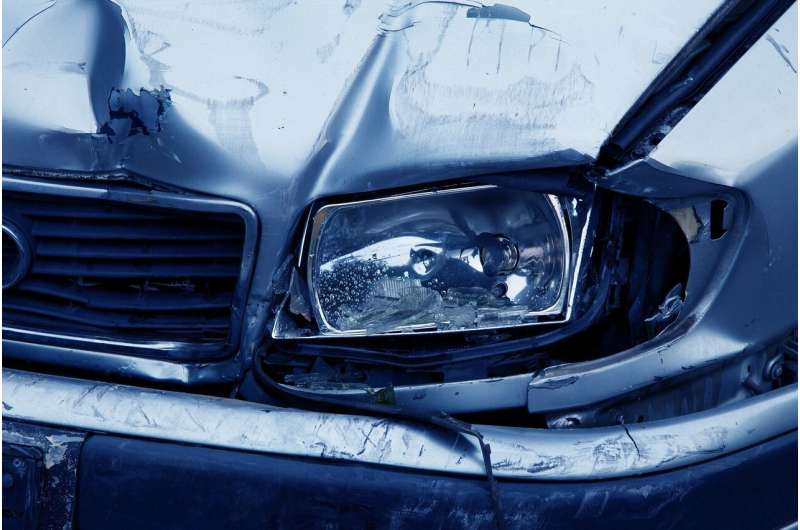
To minimize transmission of COVID-19, in spring 2020, most U.S. states passed policies promoting social distancing through stay-at-home orders prohibiting non-essential travel. Vehicle-miles traveled in the U.S. decreased by 41% in April 2020 compared to 2019. A new study led by researchers at the Center for Injury Research and Policy at Nationwide Children’s Hospital estimated associations between COVID-19-related social-distancing policies, traffic volume, and motor vehicle crash-related outcomes in Ohio.
The study, published today in JAMA, found the number of individuals involved in a motor vehicle crash, sustaining injury, sustaining severe injuries, and fatalities all substantially declined in the period between Ohio’s state of emergency declaration and stay-at-home order (March 9 through March 22, 2020). These outcomes reached the lowest level directly following the stay-at-home order before gradually increasing over the next four months.
Compared to 2019, the period between the stay-at-home order and retail reopening (March 23 through May 11, 2020) showed the largest difference: 55% fewer motor vehicle crash involvements, 47% fewer injuries, 34% fewer severe/fatal injuries, and 44% lower traffic volume.
“Ohio’s state of emergency declaration was associated with substantial daily decrease in motor vehicle crash involvements, injuries, and traffic volume” said Motao Zhu, MD, MS, Ph.D., lead author of the study and principal investigator in the Center for Injury Research and Policy at Nationwide Children’s. “With in-person classes suspended in schools, spectators restricted at sporting events, and large gatherings banned, behavior changes occurred which resulted in fewer drivers on the road, and therefore fewer collisions and injuries.”
A return to 2019 levels in the number of motor vehicle crash injuries and severe/fatal injuries was observed in the period following retail reopening (May 12 through July 31, 2020), perhaps due to increased alcohol and cannabinoids use, speeding, harsh acceleration/braking events, and mobile phone use observed among drivers following COVID-19 lockdowns, as other studies have shown. “As the pandemic continues, policymakers should consider the effects of lock-down and reopening policies on factors beyond COVID-19 infection, including MVC-related injuries and deaths,” urged Zhu.
Source: Read Full Article
